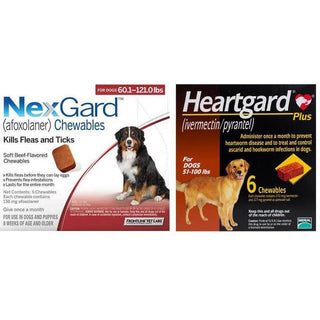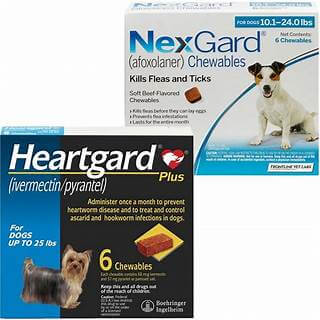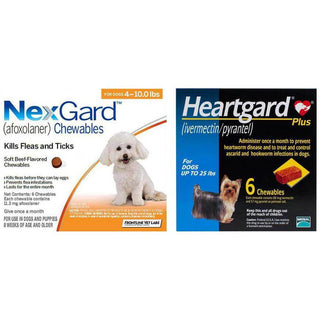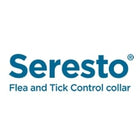
Giving medication to your pet can sometimes be tricky, particularly if they’re unfamiliar with swallowing pills or liquids. However, with patience and the proper technique, you can help your pet receive the necessary treatment without causing stress for either of you!
In this guide, we’ll explain simple, safe methods for giving your pet medication at home and provide tips to make the process easier.
Why It’s Important to Administer Pet Medication Correctly
When your vet prescribes medicine, it is crucial to follow the instructions carefully. Incorrect dosing or skipping medication can reduce its effectiveness and may even harm your pet. Whether it's antibiotics, flea and tick preventives, dewormers, or chronic disease medications, giving them correctly ensures your pet recovers and stays healthy.
Preparation Before Giving Medication
Getting ready in advance helps you stay composed and makes the process more comfortable for your pet.
- Read the Label: Always check the dosage and frequency. Some medications must be given with food, while others should be on an empty stomach.
- Wash Your Hands: Keep things hygienic.
- Have Everything Ready: Medication, treats, a towel, or any tools your vet may have provided (like a pill popper or dropper).
How to Give Pills to Your Pet
1. Using Treats
For many pets, hiding the pill in a tasty treat is the easiest method. Use soft treats, peanut butter (dog-safe), or a bit of cheese. Ensure they eat the entire portion.
Tip: Some pets are clever and eat around the pill. You may need to use a commercial pill pocket designed to hold medication.
2. Manual Method (If Treats Fail)
If your pet refuses treats, you can place the pill directly in their mouth:
- Hold your pet gently but firmly.
- Tilt their head back slightly.
- Open their mouth and place the pill at the back of the tongue.
- Close the mouth and gently stroke their throat to encourage swallowing.
Always praise and reward your pet after!
3. Using a Pill Popper
For pets that resist manual pill-giving, a pill popper (available at pet stores or your vet) helps place the pill back in the mouth safely and quickly.
How to Administer Liquid Medication
Liquid medication is often prescribed for cats and small dogs. Here’s how to give it:
- Utilize the syringe or dropper supplied by your veterinarian.
- Gently hold your pet’s head at a slight upward angle.
- Insert the dropper between the cheek and teeth into the side of their mouth.
- Slowly dispense the liquid and allow your pet to swallow.
Tip: Do not squirt the liquid too quickly — it could cause choking.
Giving Topical Medication
For medications applied to your pet’s skin (like flea and tick treatments):
- Part the fur at the application site (usually between the shoulder blades or along the back).
- Apply the medication directly to the skin.
- Avoid touching the area until it dries; do not let your pet lick it.
Important: Do not bathe your pet immediately after applying topical medicine unless your vet says it’s safe.
How to Apply Eye or Ear Drops
Eye Drops:
- Hold your pet’s head gently.
- Use one hand to open the eyelid.
- Hold the dropper above the eye and squeeze the prescribed number of drops.
- Let your pet blink naturally.
Ear Drops:
- Clean the ear if your vet advises it.
- Hold the ear flap upright.
- Apply the drops and massage the base of the ear to distribute the medication.
Tips to Make Medication Time Stress-Free
- Stay Calm: Your pet can sense if you’re stressed.
- Practice Beforehand: Practice opening your pet’s mouth or handling their ears gently before medication is needed.
- Use Positive Reinforcement: Give praise, treats, and cuddles after giving medication.
- Stick to a Routine: Try to administer medication at the same time each day.
When to Call the Vet
Contact your veterinarian if:
- You missed a dose or gave the wrong amount.
- Your pet vomits after taking medication.
- You’re unable to administer the medication properly.
- Your pet shows symptoms or reactions like lethargy, diarrhea, loss of appetite, or skin reactions.
Final Thoughts
Administering medication to your pet at home doesn’t have to be stressful. With preparation, patience, and practice, you can help your pet stay on track with their treatment. Always follow your vet’s instructions, and don’t hesitate to ask for a demonstration if you’re unsure about any method.
A well-cared-for pet is a joyful one — with your support, they’ll return to their lively, playful self in no time!






